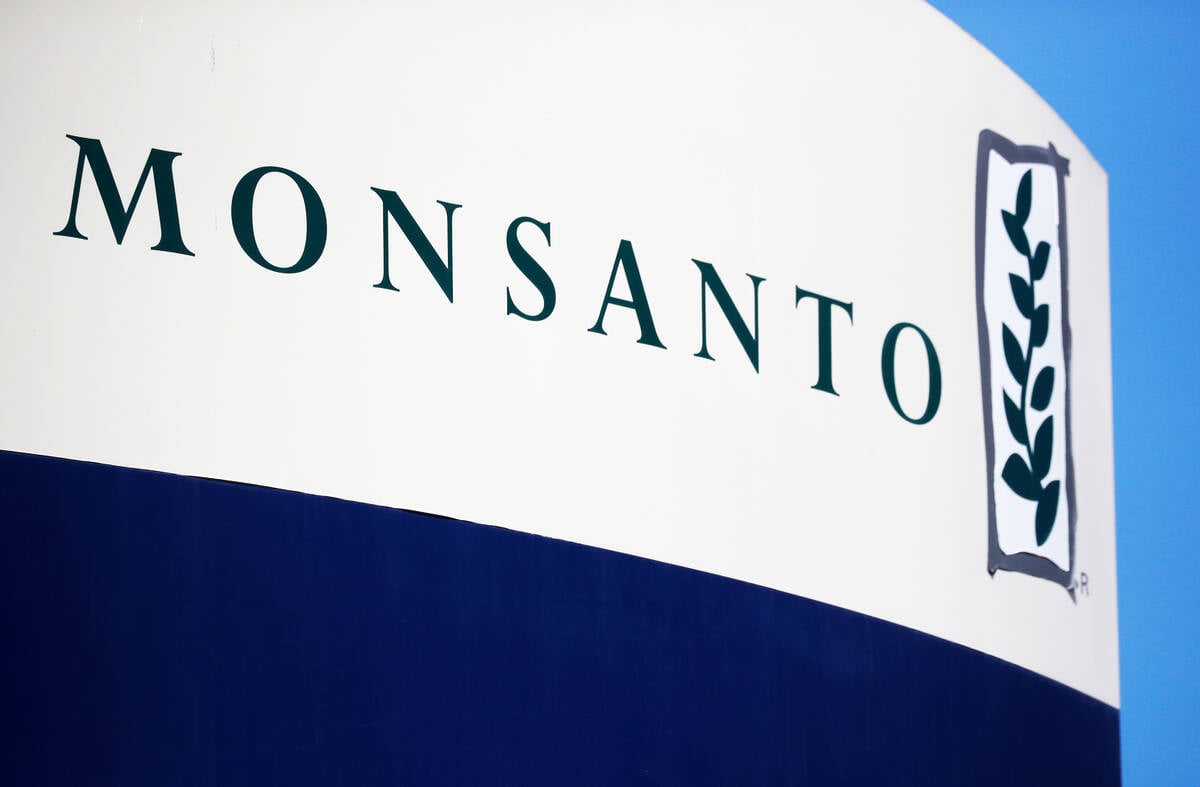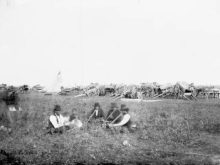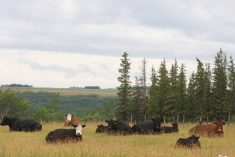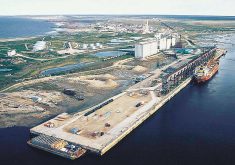Agriculture regularly tops surveys and studies of dangerous professions. Despite the process of going high tech, every season there’s still a heaping helping of manual labour, heavy equipment, confined spaces and moving parts. Add the exhaustion of long hours and mental stress and it can be a recipe for disaster.
This all added up to place agriculture at ninth spot in a list of Canada’s most dangerous professions published this past May by the Globe and Mail newspaper.
Here in Manitoba, it’s even more pronounced, with agriculture being the most deadly job in the Keystone province. In 2016 the Workers Compensation Board of Manitoba reported 48 deaths in the sector in the previous decade, far more than in second-place transportation, which had 37 deaths over the same period.
Read Also

Roundup retraction makes public trust ripples
A foundational study on glyphosate safety was recently retracted, while Roundup maker Bayer has already said it may ditch the key agricultural herbicide after lawsuits piled up.
No doubt those numbers reflect the importance and relative size of both sectors to the provincial economy.
Another trend that’s clearly seen in the available data is that a lot of older farmers, particularly in the 60-plus group, are getting hurt and killed – significantly more than in the youngest cohort. With an aging farm population, that’s worrying.
Despite this, there’s still plenty of signs of hope when you dig into the numbers. It’s becoming clear, year by year, that farmers in Canada are taking this issue seriously.
They’re displacing the old ‘who has time for that?’ mindset with a safety-first culture, choice by choice and decision by decision.
A 2016 report by Canadian Agriculture Injury Reporting (CAIR) delves into some of the numbers, using data from 1990 to 2012.
During that time there have been between 60 and 140 yearly fatalities related to agriculture. The numbers do of course vary from year to year, but taken as a whole, there’s a clearly discernible trend.
In the 1990s virtually every year saw triple-digit fatalities on Canadian farms. In the first dozen years of the new millennium, only two years earned that dubious distinction. The last year of data that study looked at, 2012, saw just 60 fatalities, or roughly half what was routine just two decades earlier.
The same downward trendline can be seen in serious reported farm injuries, which in the ’90s averaged about 14 per 100,000 members of the farm population and in 2012 were closer to 11 per 100,000.
The numbers have continued to fall since. In 2014, for example, the Canadian Agriculture Safety Association reported 43 farm-related deaths in Canada. Even a single accidental death on a farm is one too many, but this is a remarkable improvement in a short period.
Spurred by reports like those numbers from the WCB, Keystone Agricultural Producers has taken action to drive those numbers down in Manitoba. It’s a major contributor and ‘host’ of the Manitoba Farm Safety Program (MFSP) since 2016.
That not-for-profit organization has space at KAP’s offices in Winnipeg and offers its services to farms of all size and description, regardless whether they’re KAP members.
It provides free safety training seminars like the one our Alexis Stockford recently reported on from Brandon, does on-farm assessments that look at the same issues a workplace safety inspector might, makes suggestions for improvements and reviews current practices and procedures
It’s essentially a risk-free way to have a mock inspection that won’t result in fines or workplace closures and give an operation the opportunity to fix shortfalls, with confidentiality and discretion assured.
We’ll go on record here at the Co-operator to state that every farm in the province would benefit from this sort of interaction with a farm safety specialist.
A fresh set of eyes can always help spot potential safety issues that familiarity may prevent the farm operator or employees from seeing. After all, if you’ve ‘always done it that way’ how unsafe can it be?
That is, unfortunately, an answer that is at times only answered in the form of a tragedy. Spare yourself even the risk of that and take the time now to make your farm safer.
When the MFSP was announced in 2016, then KAP president Dan Mazier made a salient point when discussing how farms could and should improve their safety record.
He noted that other industries have had a similar track record and went on to become a model of safety. In particular he singled out the mining industry for its decades-long push for greater safety.
“Mining was a very dangerous industry and it is one of the safest industries today,” Mazier told media at the time. “I think we can do the same in agriculture, in fact we can do better.”
That’s a worthy goal and one the entire sector should embrace. After all, it could well be you or a loved one who becomes the next statistic.















